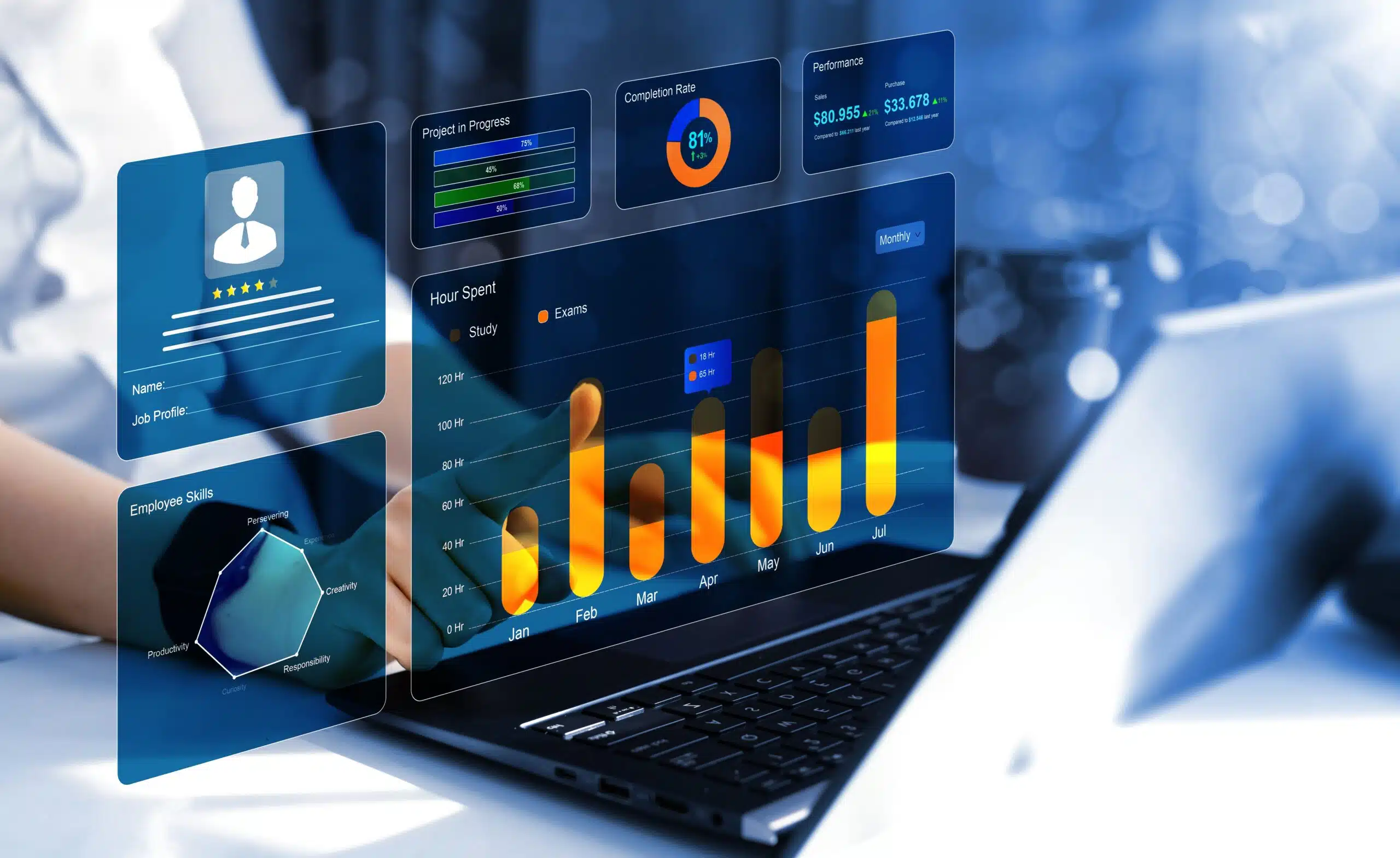In today’s data-driven marketplace, businesses generate and collect massive amounts of customer information across websites, mobile apps, email, and offline touchpoints. A Customer Data Platform (CDP) helps unify this information into a single source of truth—allowing organizations to create personalized experiences, improve decision-making, and maximize ROI.
But not all CDPs are created equal. Choosing the right one for your business requires careful evaluation. Below is a practical guide to help you make an informed decision.
1. Define Your Business Objectives
Before looking at vendors, clarify why you need a CDP.
- Do you want to unify fragmented customer data across systems?
- Are you aiming for better personalization in marketing campaigns?
- Is compliance with data privacy laws your top concern?
Clear goals will help you identify the CDP features that matter most. For example, a retail brand may prioritize real-time segmentation for promotions, while a B2B firm may need advanced analytics and account-based insights.
2. Evaluate Data Integration Capabilities
A CDP should seamlessly collect and integrate data from multiple sources, such as:
- CRM systems
- Marketing automation tools
- E-commerce platforms
- Social media
- Offline data (POS systems, call centers, events)
Check if the CDP supports both real-time and batch data ingestion. Flexibility in APIs and pre-built connectors is critical to minimize integration headaches.
3. Assess Identity Resolution and Data Unification
One of the core promises of a CDP is creating a single customer view. This means matching data points like email, device IDs, and purchase history to one profile.
Ask vendors how they handle:
- Identity stitching across devices
- Deduplication of records
- Data enrichment for missing attributes
The more accurate the identity resolution, the better your personalization and analytics will be.
4. Look for Real-Time Segmentation and Activation
Your CDP should not only unify data but also allow you to act on it quickly. Real-time segmentation ensures you can:
- Trigger personalized campaigns instantly
- Deliver context-aware recommendations
- React to customer behavior as it happens
Without real-time capabilities, opportunities for engagement may be missed.
5. Check Analytics and AI Capabilities
Modern CDPs go beyond data collection. Many offer built-in analytics and machine learning features such as:
- Predictive scoring (likelihood to purchase or churn)
- Customer lifetime value models
- Lookalike audience creation
If your team lacks a strong data science department, these features can give you a competitive edge.
6. Prioritize Security and Compliance
Data privacy regulations like GDPR and CCPA make compliance non-negotiable. Ensure the CDP offers:
- Consent management tools
- Data masking and encryption
- Audit trails for regulatory reporting
Your provider should also adhere to global security standards such as ISO 27001 or SOC 2.
7. Consider Scalability and Cost
Your CDP must grow with your business. Ask about:
- Data volume limits
- Pricing models (per profile, per event, or flat rate)
- Infrastructure scalability for future expansion
It’s important to balance cost with functionality. The cheapest solution may not meet long-term needs, while an expensive enterprise-level tool may be overkill for smaller organizations.
8. Evaluate Vendor Support and Ecosystem
A powerful CDP is only as good as the team behind it. Look into:
- Onboarding and training resources
- Customer success programs
- Availability of professional services or partner integrations
A strong vendor ecosystem ensures smoother adoption and faster time-to-value.
9. Run a Pilot or Proof of Concept
Before committing to a long-term contract, test the CDP in a pilot project. This allows you to:
- Validate integration with your existing stack
- Measure usability for your team
- Check if it delivers on promised outcomes
Real-world testing often reveals hidden limitations or strengths.
A Long-Term Business Investment
Selecting a Customer Data Platform is a strategic decision that impacts marketing, sales, and customer experience. By focusing on your business goals, technical needs, and long-term scalability, you can find a CDP that not only centralizes your data but also empowers your team to turn insights into action.
The right CDP isn’t just a tool—it’s a foundation for growth in today’s customer-centric world.

